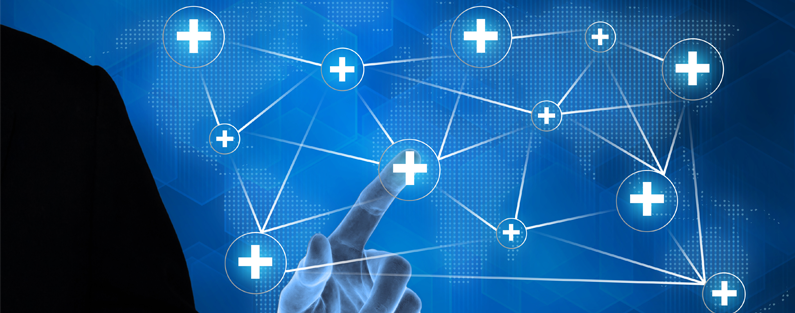
Technology will have a big role to play in serving the biggest, most expensive user group of healthcare: the over-65s. But that technology will have to take into account changes in the consumer and society generally. These are factors IT professionals need to have at the front of their minds in 2017.
They want to stay at home longer. (Zion Market Research estimates the global home healthcare market will be worth $391 billion by 2021.) And they don’t all have children to look after them.
The health ecosystem has to evolve to make it easy for older people to live independently, including providing:
Presently, doctors might separate out behavioural health—such as forming better habits to stay healthy longer—from other medical health issues when delivering care. But the smart use of data offers an opportunity to fix that artificial separation. One golden opportunity for IT is to explore technology that integrates various aspects of healthcare, which would save time and money as well as improve health outcomes.
This is just one example of the sort of area where enterprise IT can do what it does best: getting to the root of the problem and designing technology to fix it, not just implementing technology because it’s “sexy”.
IT has a powerful potential role in making caregivers more effective. Caregivers—especially well-meaning family members—can be faced with an overwhelming amount of choices and data.
They might, for instance, invest in sensors that produce overwhelming information. A simple dashboard pulling from various APIs and shared by doctors, patients and caregivers might, for instance:
There’s also an opportunity to open electronic health records up to accepting data from innovative solutions, again empowering consumers to be more independent by allowing their homes to be an extension of their medical care.
Whatever the specific implementations, the philosophy should be about bringing the patient back into the centre of their own care. And this will need to take into account the ability of doctors to manage data as well. The future likely includes a sensor in everything. Doctors can’t be expected to respond to alerts from a dozen different devices.
This is where the clever combination of IT and a design-thinking approach could make a significant difference to patients and medical staff.
Monday-Friday: 9am to 6pm
Saturday: 9am to 2pm
Sunday: Closed
© 2022 (ITSC) information Technology Strategic Communications LLC. All Rights Reserved. Designed By:DIGITAL SFTWARE